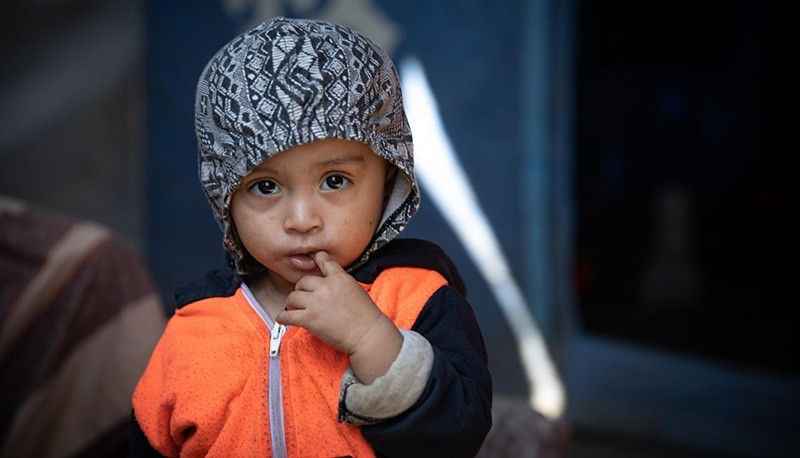The United Nations has just released the first two reports in an important series of data on maternal and child mortality. According to data released by the United Nations Inter-Agency Group for Child Mortality Estimation (UN IGME) on January 5, a child or young person died every 4.4 seconds in 2021. An estimated 5 million children died before their fifth birthday, while the number of deaths between the ages of 5 and 24 was 2.1 million in 2021.
UN IGME was established in 2004 to share data on child mortality as well as to report on progress in improving the quality of life for young children. The group includes experts from the United Nations Children’s Fund (UNICEF), the World Health Organisation (WHO), the World Bank Group (WBG) and the United Nations Department of Economic and Social Affairs (UN DESA).
Every day around the world, too many parents face the pain of losing their babies, even before they are born, said Vidhya Ganesh, Global Director of the Division of Data, Analytics, Planning and Monitoring for UNICEF. This tragedy could have been prevented with stronger political will and greater investment in increasing access to healthcare services for women and children, the official noted.
Most child deaths occur before the age of 5, and half of them occur within the first month of life. For these unlucky babies, premature birth and complications of the mother during childbirth are the leading causes of death. More than 40% of stillbirths occur during labour, although that could be prevented if women had access to better quality healthcare throughout pregnancy and delivery.
There are clear disparities in infant mortality rates in different regions of the world. Children born in sub-Saharan Africa have the highest risk of death, up to 15 times higher than children born in Europe and North America. Mothers in sub-Saharan Africa also often experience the pain of losing a baby, with stillbirth rates seven times higher than those in Europe and North America.
World Bank's Global Director of Health, Nutrition and Population Juan Pablo Uribe said that behind the painful numbers are millions of children and families without access to basic rights about health.
The UN report provides data showing clear benefits of increased investment in basic health systems. Since 2000, the global under-5 mortality rate has halved, the mortality rate among older children and adolescents has decreased by 36%,while the stillbirth rate has fallen by 35%. However, the rate of decline has slowed down since 2010.
According to the United Nations, 54 countries are likely to fall short of the Sustainable Development Goals of reducing under-five mortality.
Director of UN DESA’s Population Division John Wilmoth said that the global efforts to reduce under-five mortality havemade significant progress, but much work remains to be done. Only by improving access to quality healthcare, especially around the time of childbirth, can inequalities be reduced andpreventable infant and child deaths be ended.
















